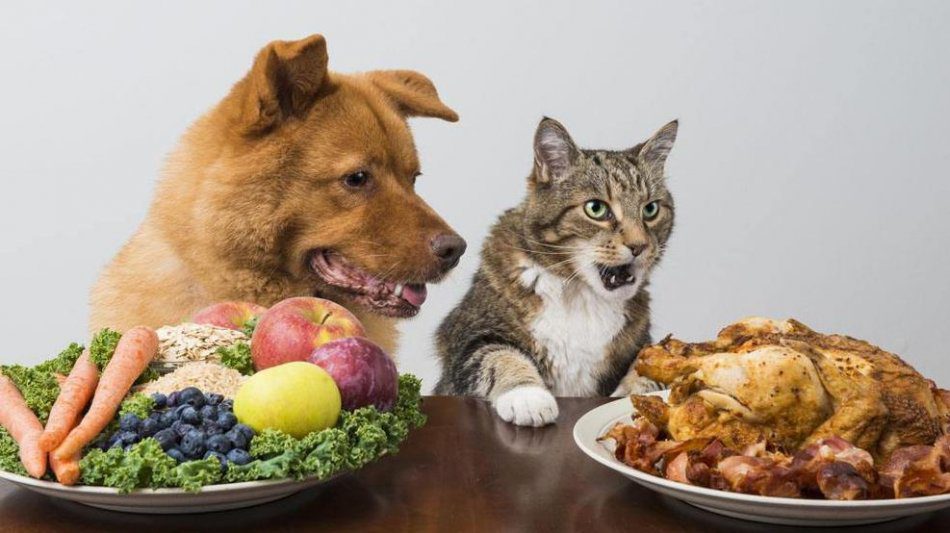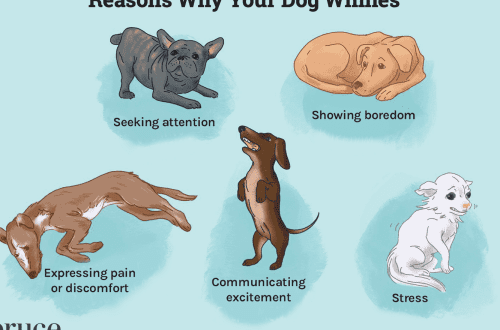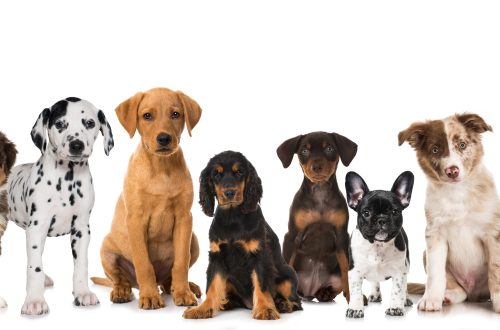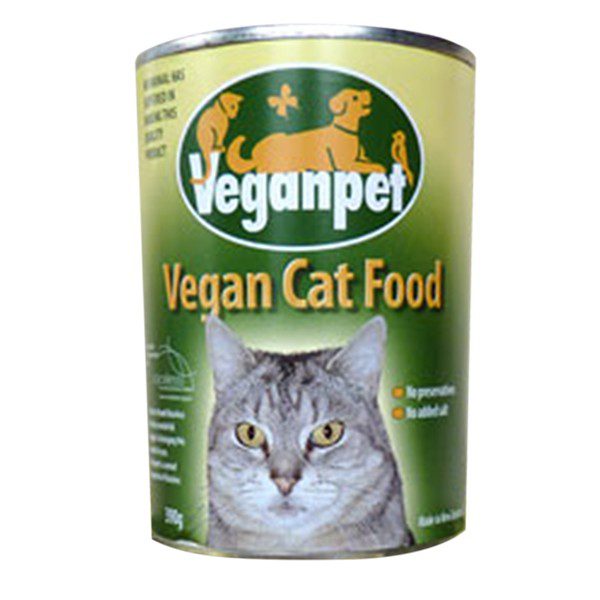
Vegan pet food
Recently, vegan pet food has become more and more popular. However, do not rush to chase fashion – this can damage your pet’s health.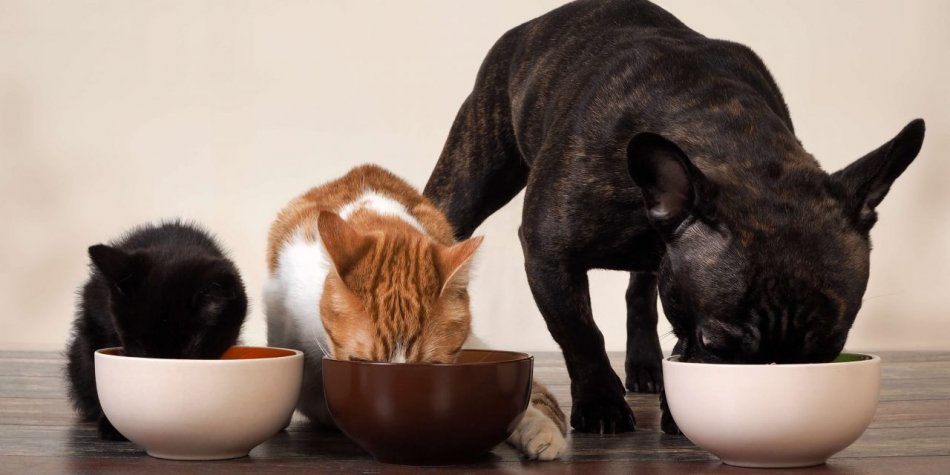

What is the difference between herbivores, omnivores and carnivores?
Herbivores (sheep, cows, etc.) have adapted to eating plants, which means they successfully digest carbohydrates and other substances of plant origin. These animals have a number of features:
- The digestive tract is long – it exceeds the length of the body by almost 10 times. They have much longer and better developed intestines than carnivores.
- The molars are flat and rectangular. This makes it possible to perfectly grind and grind the plants. The mouth is relatively small, but the lower jaw moves to the sides, which is important when chewing plants.
- Saliva contains enzymes for digesting carbohydrates (amylase). And to ensure proper mixing with this enzyme, herbivores chew their food thoroughly.
omnivores (bears, pigs, people, etc.) digest both meat and vegetable food with equal success. Which means they can eat both. The anatomical features of omnivores are characterized by the following:
- The length of the digestive tract is medium. This makes it possible to digest both animal and vegetable proteins.
- The teeth are divided into rather sharp fangs and flat molars, which allows both tearing and rubbing (chewing) food.
- Saliva contains amylase, an enzyme that digests carbohydrates, which means that it is possible to digest starch.
Carnivores (dogs, cats, etc.) are endowed with the following anatomical abilities:
- The digestive tract is simple and short, the environment is acidic. Proteins and fats of animal origin are digested there easily and quickly, and the hydrochloric acid produced by the body facilitates the breakdown of proteins and the destruction of bacteria present in rotten meat.
- The sharp fangs are designed for killing and tearing prey, not for chewing plant fibers. The shape of the molars (triangles with jagged edges) allows you to act like scissors or blades, making cutting smooth movements. Meat may be swallowed in large chunks, torn or minced, but not chewed, such as cereals or other plants.
- Amylase is absent in saliva, and since it is necessary for the digestion of carbohydrates, its function is taken over by the pancreas. Therefore, plant foods in the diet of carnivores increase the load on the pancreas.
Carnivores do not chew their food or mix it with saliva.
Given all of the above, the conclusion is unequivocal: both dogs and cats are created to eat meat.
As a result of long centuries of living next to humans, dogs have acquired the ability to digest not only animal food, but also plant products. However, the correct diet of a dog should be 90% meat, and only 10% plant foods (vegetables, fruits, herbs, etc.). It does not matter if we are dealing with a St. Bernard, a Chihuahua or a German Shepherd. On the Internet, you can find articles about converting animals to vegan food. However, each of them mentions that the pet will not immediately like the new food, but at the same time calls are published to be more persistent. However, this is animal abuse. If you offer a dog or a cat a piece of meat and vegetables, they will choose meat – this is laid down at the level of genetics and instincts.